Braid Mission
Blog
Back to School

My social media feeds this week have been full of back-to-school pictures.
Nieces, nephews, and friends’ kids are all smiling on their front porches, backpacks strapped on, smiling and ready for the year ahead.
As a kid, I dutifully posed for these photos as well, but I didn’t appreciate their significance. As an adult, I am more appreciative of the milestones they capture.
One of my nieces is starting kindergarten this fall, so now she is wearing an official school uniform. Another niece is starting middle school – how did that happen?!?
I worked at a school for seven years after I graduated from college, so the rhythm of the school year feels very natural to me. The optimism of a new school year continues to resonate with me.
Most of our Braid youth are also starting school this week and next, but not all of them have always had a positive relationship with school.
Many of them switched schools frequently when they were in foster care, and we know that every time a young person moves to a new school they fall behind by about six months compared to their peers. Imagine that happening multiple times in a year: it’s no wonder foster youth can start to view school as a space that just exacerbates their struggles, and that only 50% of them graduate from high school.
And while we believe that most schools and teachers are doing their best with the resources they have, not all schools are trauma-informed and ready to handle the behaviors of our youth. Some of our youth have gone through periods of truancy; others have had frequent suspensions.
This troubled relationship with school can have serious consequences for any young person, especially those of color. This infographic from the ACLU gives a snapshot of how trouble in school predicts future encounters with the juvenile justice system, and how that disproportionately affects black students.
Which is all to say that our youth have complex relationships with school, and this is a time to be extra sensitive to those dynamics.
One of our hopes at Braid is that mentor teams can help our youth develop a positive view of education in the long haul: by providing a space where they can voice their concerns and challenges, by celebrating their successes, by mentioning the possibility of college, maybe even taking them on college tours.
Especially during these next couple weeks, our mentors can help youth view this school year as a new start, sharing their own stories about being nervous to start a new school, and making space to listen as they tell about their first days and weeks.



